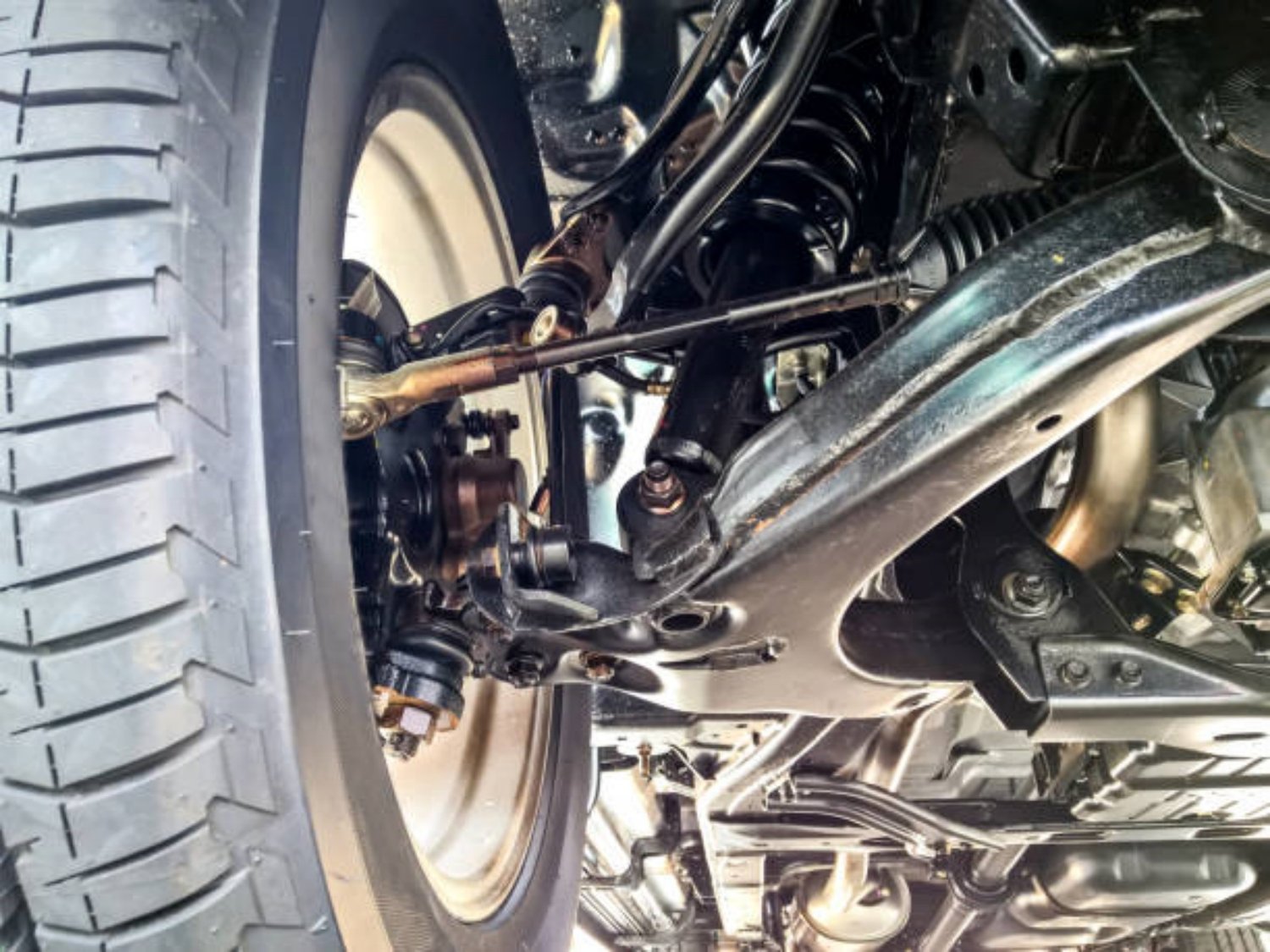A Comprehensive Guide To Types Of Belts In Automobiles: Function, Importance, And Maintenance
Your automobile’s belts are more than just a few pieces of rubber holding your engine together. These essential components keep your vehicle running smoothly and efficiently. A broken or damaged belt can cause serious problems, so it’s important to understand the different types of belts, their functions, and how to maintain them.
If you’ve ever experienced a sudden loss of power while driving, it could be a sign of a broken serpentine belt. This belt is responsible for powering many of your car’s accessories, including the alternator, power steering pump, and air conditioning compressor. Without a functioning serpentine belt, your vehicle will quickly become disabled.
Other types of belts in automobiles include the timing belt, which synchronizes the timing of the engine’s valves and pistons, and the drive belt, which transmits power from the engine to the transmission. These belts are just as important as the serpentine belt, and a failure of any of them can lead to costly repairs.
Types of Belts in Automobiles: Function, Importance, and Maintenance
There are several different types of belts used in automobiles, each with its own unique function. The most common types of belts include:

- Serpentine belt: The serpentine belt is the most common type of belt used in automobiles. It is a long, thin belt that wraps around several pulleys on the engine. The serpentine belt drives the alternator, power steering pump, air conditioning compressor, and other accessories.
- Timing belt: The timing belt is a toothed belt that synchronizes the timing of the engine’s valves and pistons. The timing belt is made of a durable material that can withstand the high temperatures and stresses of the engine.
- Drive belt: The drive belt is a V-shaped belt that transmits power from the engine to the transmission. The drive belt is made of a flexible material that can withstand the stresses of transmitting power.

The Importance of Belts in Automobiles
Belts are essential components of an automobile’s engine. They play a vital role in keeping the engine running smoothly and efficiently. A broken or damaged belt can cause serious problems, so it’s important to understand the importance of belts and how to maintain them.
Belts help to transmit power from the engine to other components of the vehicle, such as the alternator, power steering pump, air conditioning compressor, and transmission. Without belts, these components would not be able to function properly, which could lead to a variety of problems.
In addition to transmitting power, belts also help to reduce noise and vibration. They do this by absorbing the shock and vibration that is created by the engine. This helps to keep the vehicle running smoothly and quietly.
Maintaining Belts in Automobiles
Belts are relatively low-maintenance components, but they do need to be inspected and replaced periodically. The frequency with which you need to inspect and replace your belts will vary depending on the type of belt and the driving conditions. However, it’s a good idea to have your belts inspected by a qualified mechanic at least once a year.
When inspecting your belts, look for any signs of wear or damage. If you see any cracks, fraying, or other damage, the belt should be replaced. You should also replace your belts if they are starting to stretch or become loose.

Conclusion
Belts are essential components of an automobile’s engine. They play a vital role in keeping the engine running smoothly and efficiently. By understanding the different types of belts, their functions, and how to maintain them, you can help to ensure that your vehicle runs smoothly and safely for many years to come.